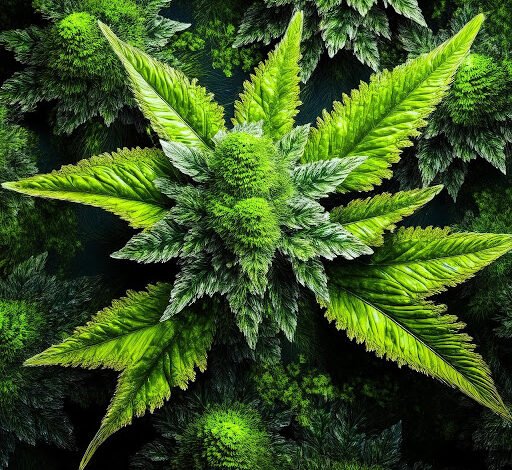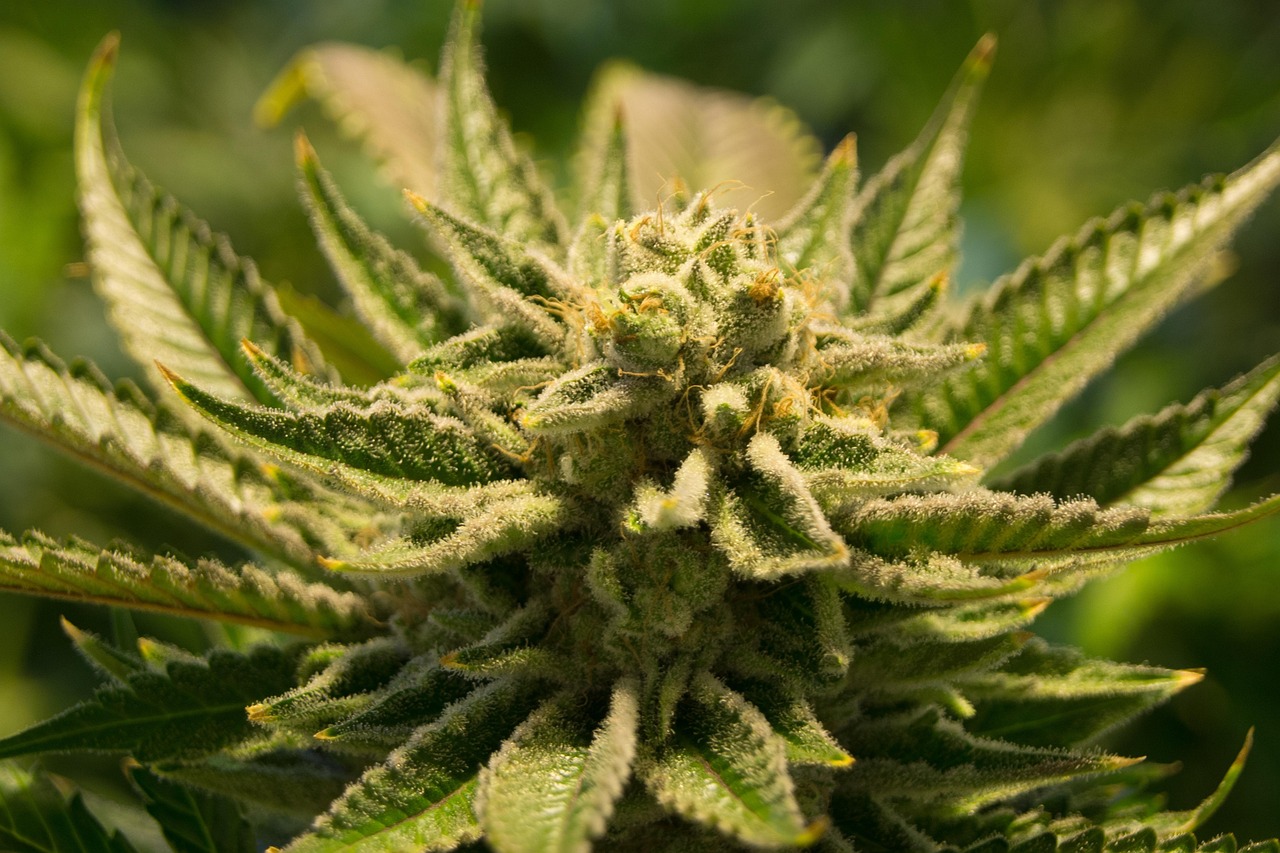Increase Yields with Autoflower Seeds

The cannabis cultivation landscape has undergone a remarkable transformation in recent years, driven by scientific advances, regulatory changes, and increasing consumer demand for high-quality products. One of the most significant developments is the refinement of autoflowering cannabis genetics, which has transformed cultivation approaches for both commercial and home growers.ô
The Evolution of Cannabis Genetics
Traditional cannabis plants are photoperiod-dependent, requiring specific light cycles to trigger and maintain flowering. This biological characteristic historically limited production cycles and created significant operational complexities for cultivators. The introduction of Cannabis ruderalis genetics changed this paradigm by contributing autoflowering traits that operate independently of light cycles.
The Autoflowering Shift
Unlike their photoperiod-dependent counterparts, autoflowering cannabis plants transition to flowering based on age rather than light cycle changes. This biological distinction carries profound implications for cultivation practices:
- Predictable growth timelines independent of seasons or light manipulation;
- Compact growth patterns suitable for space-constrained environments;
- Shorter cultivation cycles, allowing multiple harvests in the same timeframe;
- Reduced technical requirements for lighting control systems.
Early autoflowering species faced criticism regarding potency and yield. However, breeding programs addressed these limitations, creating modern cultivars that rival traditional varieties in quality while maintaining their distinctive advantages.
Advanced Cultivation Technologies
The cannabis industry has become a significant driver of agricultural technology innovation, with cultivation operations often implementing systems that later find wider adoption in traditional agriculture. This technology integration commonly focuses on maximizing plant genetic potential through environmental optimization.
Precision Environmental Control Systems
Modern cannabis cultivation operates within precisely controlled environments where every aspect of the growing conditions is monitored and optimized:
| Environmental Factor | Traditional Control | Advanced Technology Application |
| Light Intensity | Fixed height HPS/MH fixtures | Programmable LED systems with spectral tuning |
| Temperature | Basic HVAC systems | Zone-specific climate control with day/night differentials |
| Humidity | Humidifiers/Dehumidifiers | Vapor pressure deficit (VPD) mapping and management |
| COã Levels | Periodic manual enrichment | Automated supplementation linked to photosynthetic activity |
| Irrigation | Scheduled watering cycles | Substrate moisture sensing with automated precision delivery |
| Nutrient Delivery | Standard feeding schedules | Real-time monitoring with closed-loop adjustment systems |
These sophisticated control systems allow cultivators to maximize genetic potential through environmental optimization during the plantãs pre-determined growth timeline.
Optimize Autoflower Production Systems

Autoflowering cannabis plants offer significant advantages in production cycling and operational simplicity. For starters, the seeds are openly available online, i.e., at https://ilgm.com/collections/autoflowering-seeds and other licensed stores that offer detailed lineage information and expected performance characteristics.ô
However, despite the easy start, these plants still demand specific cultivation protocols tailored to their distinctive growth patterns.
Space Allocation Strategies
The compact nature and predetermined life cycle of autoflowering varieties allow several approaches to cultivation space:
- Perpetual harvest systems with staggered planting schedules;
- Vertical farming integration, maximizing cubic footage rather than floor space;
- Multi-tier cultivation systems with specialized lighting arrays.
These spatial approaches capitalize on the autoflowerãs predictable growth patterns and compact structure to achieve yields per square foot that often exceed those of traditional cultivation methods.
Substrate and Irrigation Optimization
Autoflowering cannabis varieties typically develop more aggressive initial root systems than photoperiod plants, a characteristic stemming from their ruderalis genetics. This growth pattern requires specific substrate considerations:
- Increased aeration to accommodate rapid root development;
- Higher frequency, lower volume irrigation scheduling;
- Precise nutrient delivery systems calibrated to accelerated growth phases;
- Root zone temperature management for metabolic optimization;
- Beneficial microorganism inoculation to enhance nutrient uptake efficiency.
These root zone optimizations are particularly critical given the limited timeframe autoflowering plants have to establish themselves before flowering begins.ô
Light Spectrum Management for Enhanced Production
Light quality is one of the most significant factors in maximizing autoflower genetics. LED technology with precise spectral control enables cultivation approaches that specifically target autoflowering varieties.
Photomorphogenic Response Optimization
Research demonstrated that autoflowering cannabis varieties exhibit distinct responses to specific light wavelengths beyond basic photosynthesis:
- Enhanced UV-A exposure during late vegetation increases trichome development;
- Far-red supplementation during flowering increases flower density;
- Photoperiod extension with specific red:far-red ratios increases yield potential.
These spectral interventions can be precisely calibrated to autoflower genetics to maximize production within their fixed developmental timeline.ô
Genetic Selection and Breeding Considerations
Cultivation technology does provide the tools for maximizing autoflower production, but genetic selection is still fundamental to success.ô
Key Genetic Evaluation Criteria
When selecting autoflowering genetics for commercial or personal cultivation, several factors affect future cultivation efforts:
- Generation stability (F1 vs F4+ genetics);
- Cannabinoid and terpene expression profiles;
- Resistance to environmental stressors;
- Harvest window flexibility.
Advanced breeding programs have largely eliminated the significant quality differential that once existed between autoflowering and photoperiod varieties.ô
Takeaway on a New Cultivation Approach
Autoflowering cannabis genetics have evolved from a niche curiosity to a mainstream cultivation solution, offering distinctive advantages for producers. The combination of specialized genetics with advanced cultivation technologies creates production systems capable of exceptional efficiency, consistency, and quality.
In the near future, autoflowering varieties will likely play a central role in commercial cannabis production. Their unique characteristics address many of the industryãs most pressing challenges while offering operational advantages that translate directly to improved production economics.



